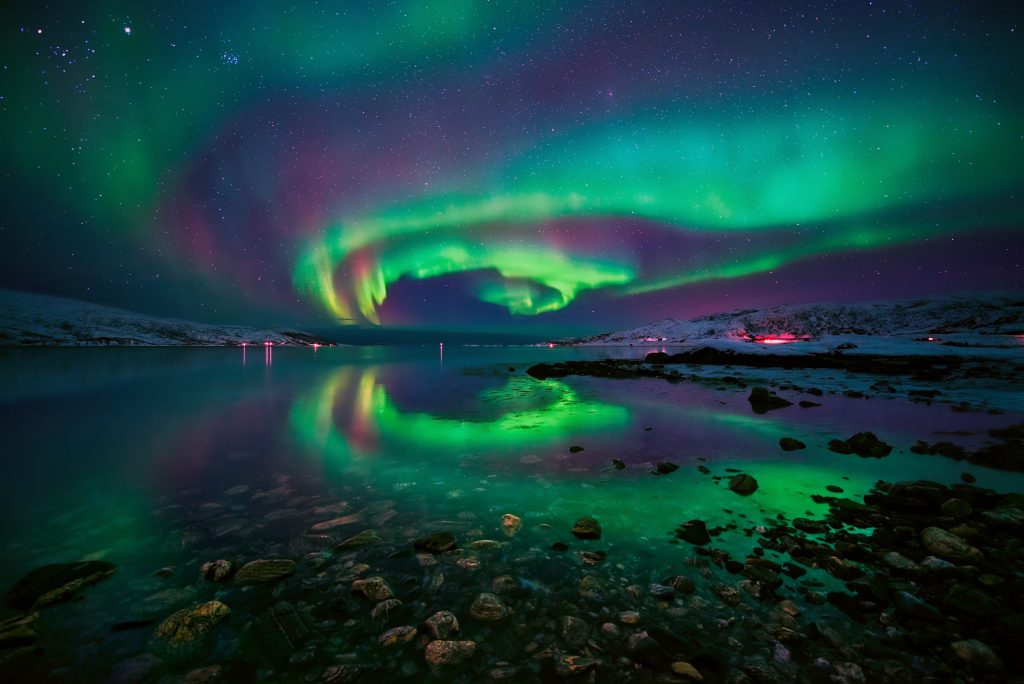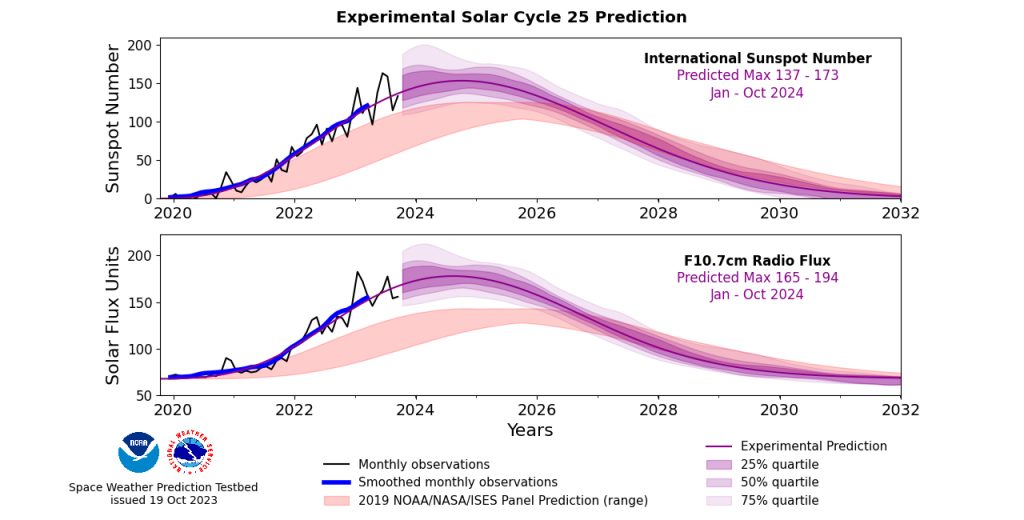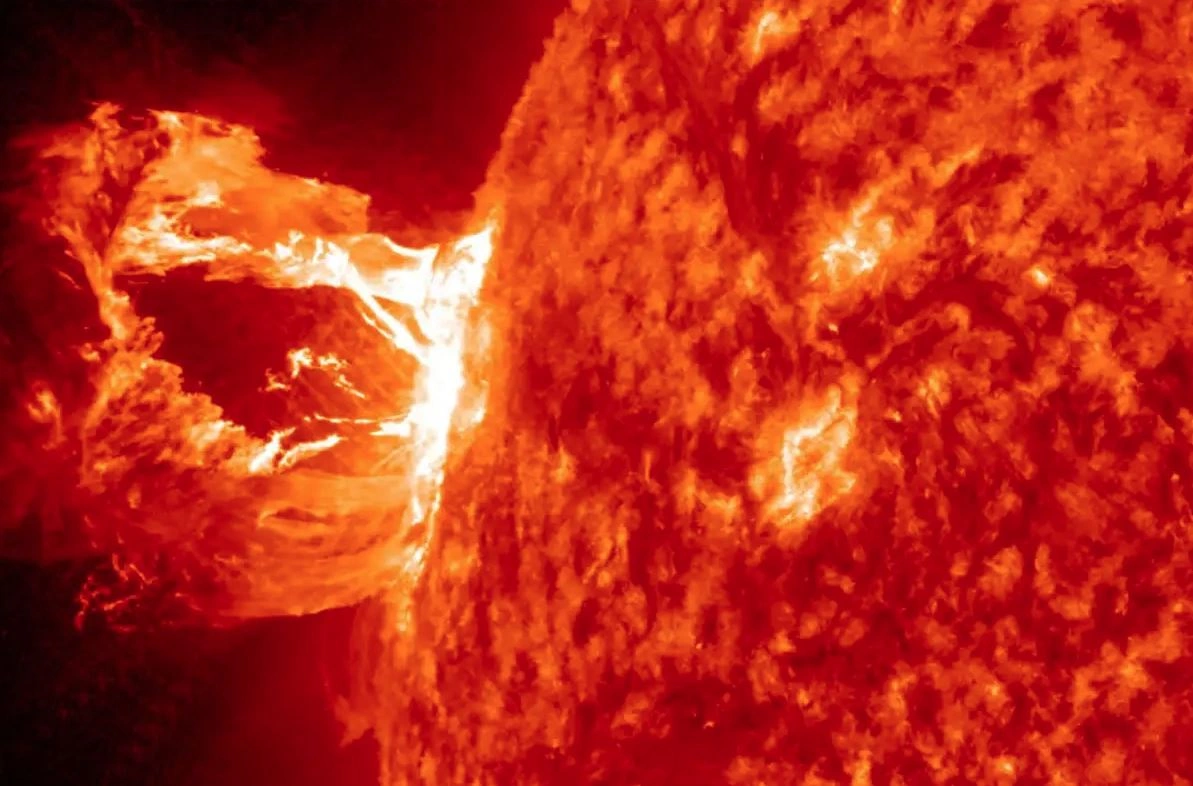- The Sun experienced an X-class solar flare, the most powerful explosion group, on December 14.
- The explosion was recorded on video by NASA’s Solar Dynamics Observatory spacecraft.
- The powerful explosions were followed by coronal mass ejections (CMEs), which caused huge clouds of solar plasma to shoot into space at millions of kilometers per hour.
The Sun experienced an X-class solar flare, the most powerful explosion group, on December 14. The explosion was recorded on video by NASA’s Solar Dynamics Observatory spacecraft.
The explosion, which occurred at 20.02, was recorded as X2.8 and was the most powerful solar explosion seen since September 2017.
Their powerful explosions cause huge clouds of solar plasma to shoot into space at millions of kilometers per hour. coronal mass ejections (CME) followed.
US Air Force a shot from the leading edge of the CME Type II reported solar explosion. Depending on the drift speed of the solar flare, the speed of the resulting CME can exceed 2,100 km/s.
Additionally, CMEs hitting Earth can spawn geomagnetic storms that can disrupt power grids and other infrastructure. These types of storms also create auroras. can overload and make these celestial light shows more intense and visible over larger areas.

Earth’s atmosphere prevents harmful radiation from solar flares from reaching the ground. However, this radiation can affect our lives, for example by affecting signals sent by GPS and communications satellites and causing radio blackouts.
SpaceWeather wrote that the latest explosion “caused a deep shortwave radio blackout in the Americas.” Also, as the Sun becomes increasingly active these days, more solar action may occur soon.

Solar activities increase or decrease in 11-year cycles. US National Oceanic and Atmospheric Administration, current of Solar Cycle 25, It will reach its peak between January and October next year. guesses.
Compiled by: Fatma Ebrar Tuncel






